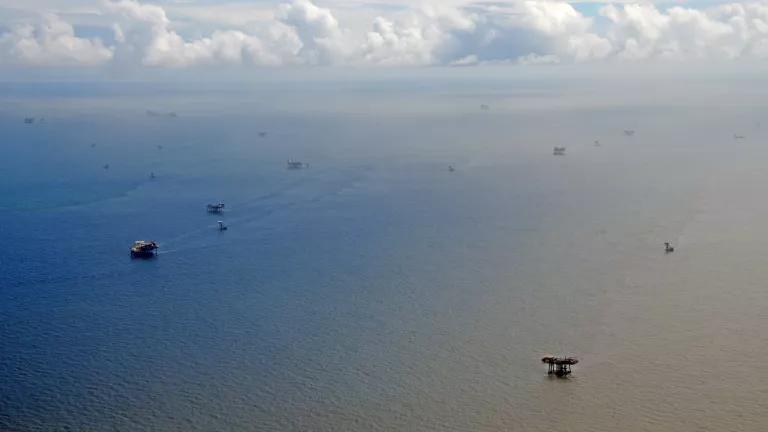FERC to Revisit Outdated Pipeline Review Process

The new chairman of the Federal Energy Regulatory Commission (FERC) recently announced plans to review its decades-old approach for evaluating proposals for interstate gas pipelines. The announcement came just weeks after the release of a groundbreaking report commissioned by NRDC, discussed here, which found that FERC’s pipeline policy has not kept pace with changes in the energy landscape.
Natural gas production and pipeline construction have increased dramatically since the pipeline policy was developed in 1999, as have concerns about the impacts of fracked gas development on climate and on the health, safety, and property rights of communities where pipelines are built. Gains in clean, renewable energy and energy efficiency have created more questions about the need for pipelines. Under-use of existing pipelines also weigh against claims of pipeline necessity.
Now is certainly a good time for FERC to take a fresh look at how it evaluates gas pipeline proposals—and it’s critical that the agency uses this opportunity to do a better job of protecting the public interest and end approvals of unneeded pipelines.
Following its current guidelines, FERC has approved all but two of approximately 400 pipeline applications, resulting in an overbuilt system. The United States now has enough pipeline capacity to carry 180 billion cubic feet of natural gas every day, but last year, average daily U.S. consumption was just 75.11 billion cubic feet.
Utility customers end up footing the bill for unneeded pipeline construction. Why? FERC’s current evaluation system focuses narrowly on customer contracts to demonstrate the need for new pipeline development. But pipeline developers can act both as sellers and purchasers of pipeline capacity, enabling them to present a contract that suggests a “need” where there may be none. When the buyer is a monopoly utility whose customers cannot choose their energy provider, utility customers must pay for the pipeline, even if it’s not needed. Utilities thus recover their costs—and reap lucrative profits through FERC-approved rates of return. Pipeline proposals such as these have been the subject of antitrust complaints.
Pipeline construction is also more controversial these days, as new pipelines are encroaching on more populated areas and as concern about climate change grows. Public participation in FERC pipeline cases is increasing, highlighting concerns about private property rights, carbon and methane pollution from the gas industry, and the health and safety risks of hydraulic fracturing or “fracking” to extract gas.
FERC needs a 21st century pipeline review process. A more robust assessment of the need for new pipelines would:
- Fully examine energy needs in a region;
- Scrutinize pipeline affiliate contracts;
- Fully evaluate climate pollution impacts; and
- Consider alternatives such as renewable energy, energy efficiency, and the use of existing underutilized pipelines.
FERC should also better account for the concerns of those in impacted communities, many of whom lack resources to meaningfully participate in pipeline permitting cases.
As FERC revisits its policy for reviewing pipeline proposals, it will receive a range of viewpoints. However, the flaws of its current review approach are clear. FERC now has the opportunity to address the flaws that are posing climate and other environmental risks, health and safety risks, plus economic risks to consumers and markets. FERC must now seize the opportunity.



